How do the Perseverance and Zhurong Mars Rovers Compare?
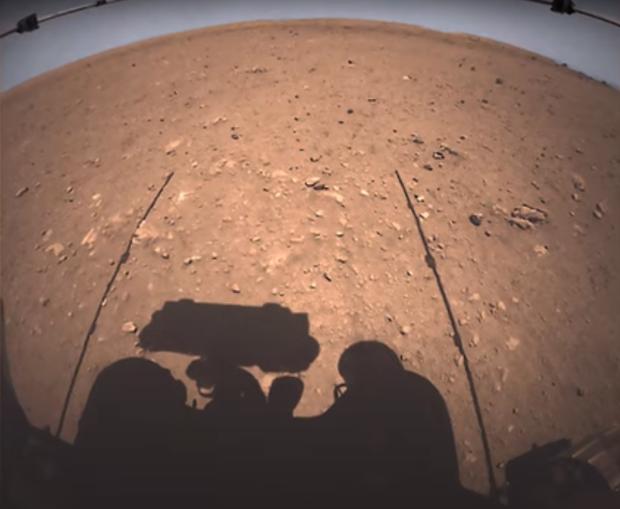
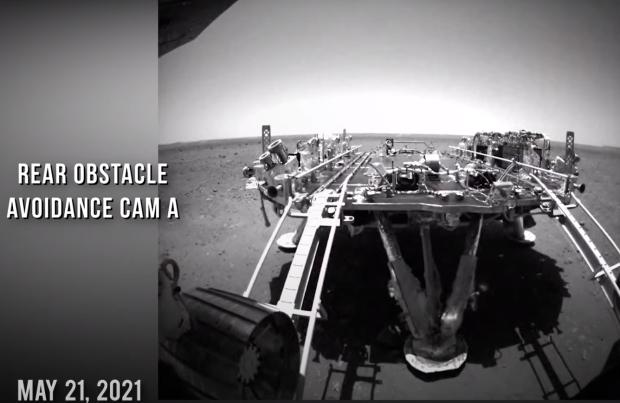
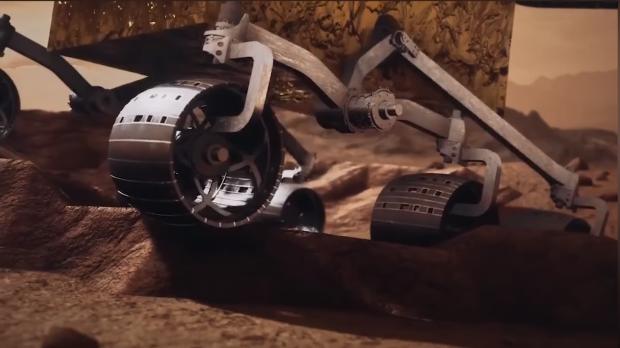
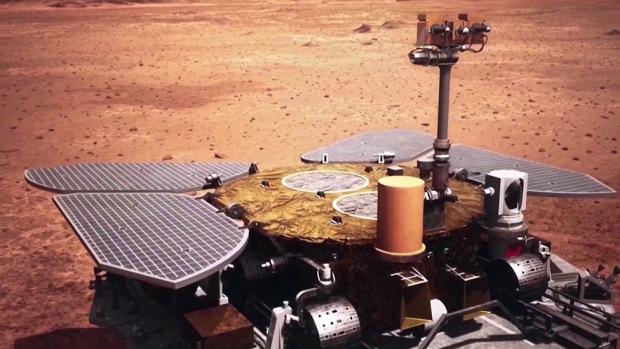
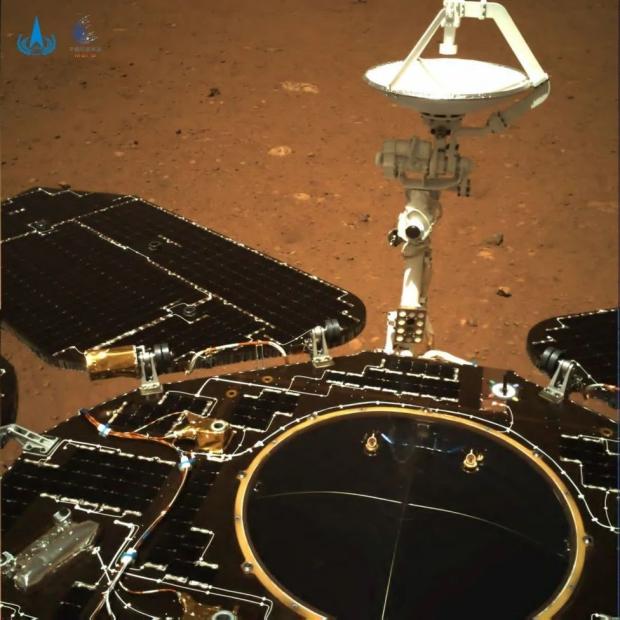
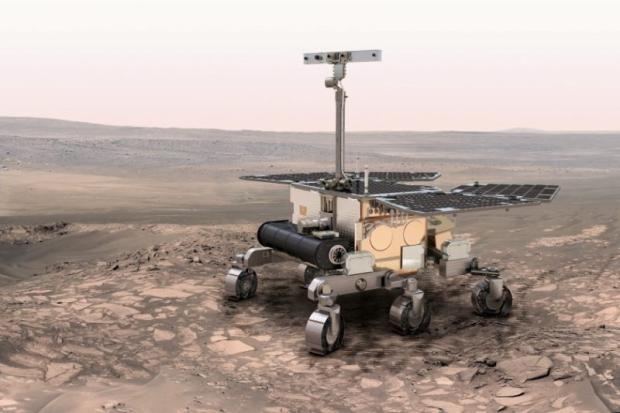
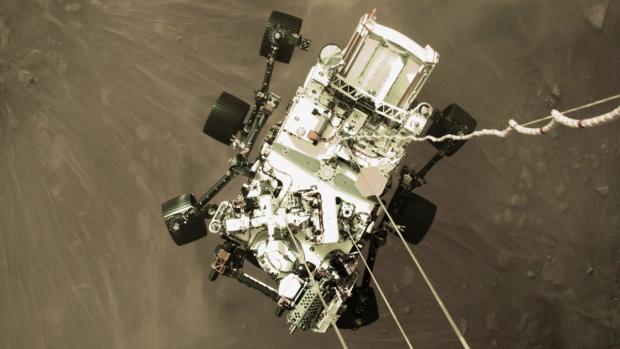
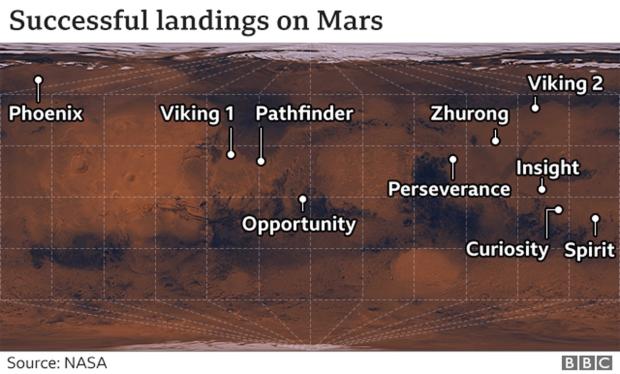
A recent report by Inverse.com compared and contrasted the Perseverance and Zhurong Mars Rovers. Both have on their agenda detecting signs of microbial life or pre-biotic chemical evolution that might be life precursors. How do they compare in deployment technology and for research purposes?
Perseverance is 10 feet long, 9 feet wide and 7 feet tall, and weighs 2,260 pounds. Zhurong is 8 feet long, 10 feet wide and weighs 530 pounds, about the size of NASA’s Spirit and Opportunity rovers from 2003. Perseverance was carried to a gentle landing by the rocket-powered Skycrane, whereas after the Zhurong discarded its parachutes and heat shield, it made a gentle landing guided by an onboard rocket. Perseverance has a plutonium-based nuclear power source, but Zhurong is powered by folding solar panels (as was NASA’s Spirit and Opportunity).
Perseverance uses a robotic arm and drill to collect rock samples for later transport to Earth on a future Mars mission, and carries a laser to assist in rock analysis. Like Perseverance, Zhurong has a laser tool to zap rocks to assess chemistry. Zhurong uses ground-penetrating radar to search for water ice over 300 feet below the surface. Its radar sees 10 times further into the ground than the RIMFAX ground scanning radar carried by Perseverance.
Europe, which has twice failed with landing attempts, will send a rover called Rosalind Franklin to Mars next year in a joint project with Russia. The first 5 images show photos and artwork of the Zhurong rover, © CNSA. Other photos show the Rosalind Franklin Rover, courtesy of the ESA Planetary Society, and Perseverance being lowered to the ground, © NASA.
